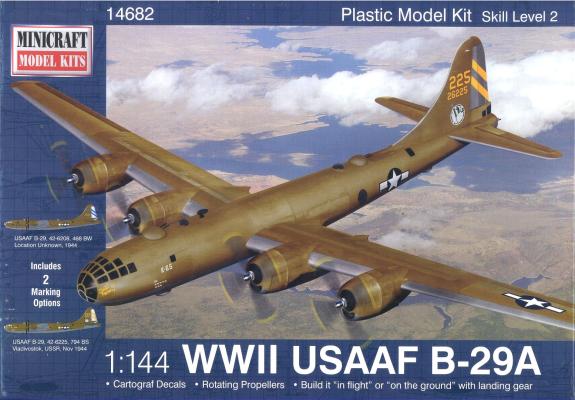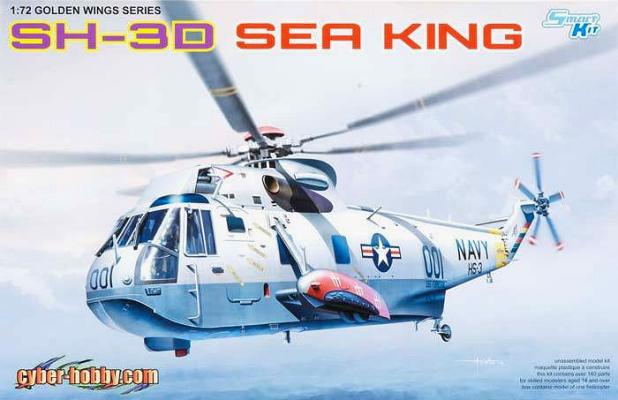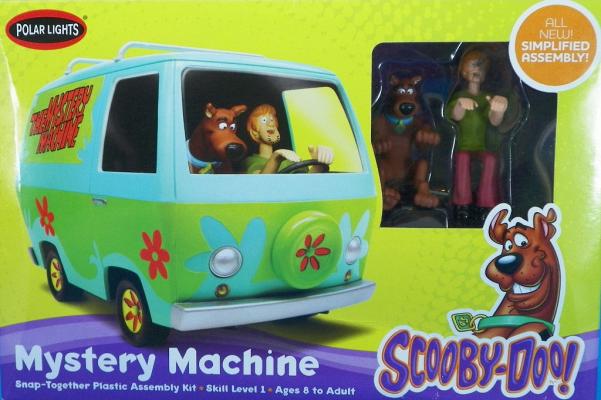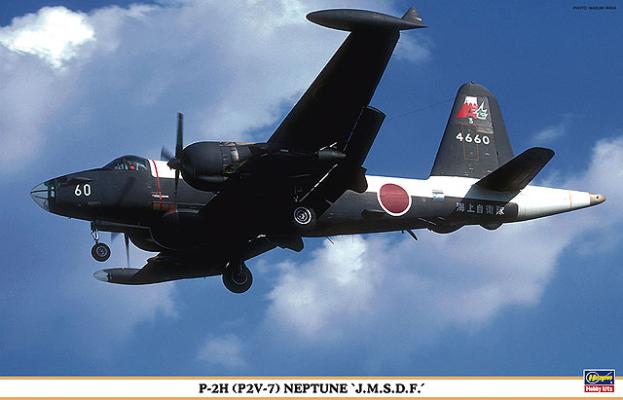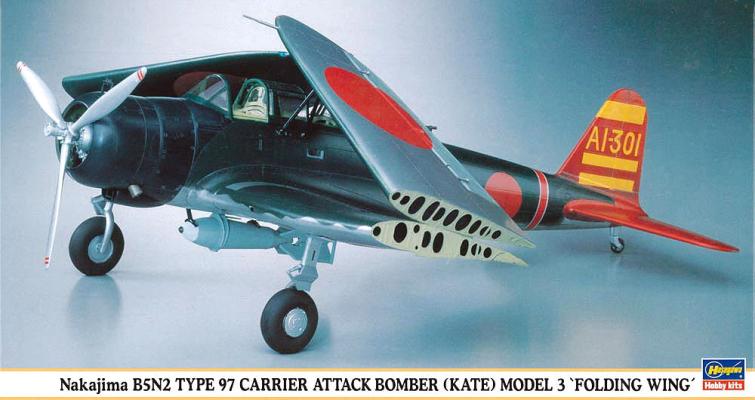I’ve built several B-29s, one of them a Minicraft kit for an earlier review. That being said, I’m still waiting for the moment of inspiration to strike when I get out another B-29 kit and build the Tu-4 “Bull” which is almost identical to the B-29. Or a Washington, also a B-29 with RAF decals.
Minicraft has reissued this kit with very different markings. Little attention has been paid to the early B-29s, which were painted OD. I built this particular kit with the kit markings because it is different, and the markings are certainly visually and historically interesting. In fact, the location of the B-29 I built, Vladivostok, USSR, in November 1944, probably points to it being one of the prototypes for the Tu-4.











